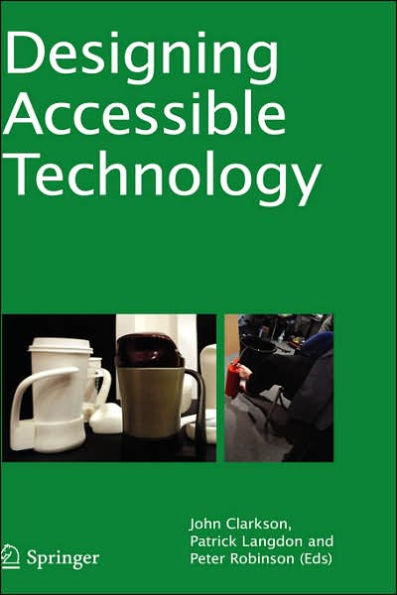Rapid and unprecedented population ageing poses a serious social and economic challenge across the developed world. Shifts in dependency ratios point to escalating welfare and pensions costs which require radical and imaginative responses from Government and industry. Key to this is a healthy population able and willing to work longer before retirement and who can be independent for as long as possible afterwards as well as bringing disabled people into mainstream life and employment.
This book was stimulated by the 3rd CWUAAT workshop (the CWUAAT workshops have a general focus on product and solution development). It was held in Cambridge, UK in April 2006. Contributions from leading researchers focused on:
- design issues for a more inclusive world;
- enabling computer access and the development of new technologies;
- assistive technology and rehabilitation robotics; and,
- understanding users and involving them in design.



